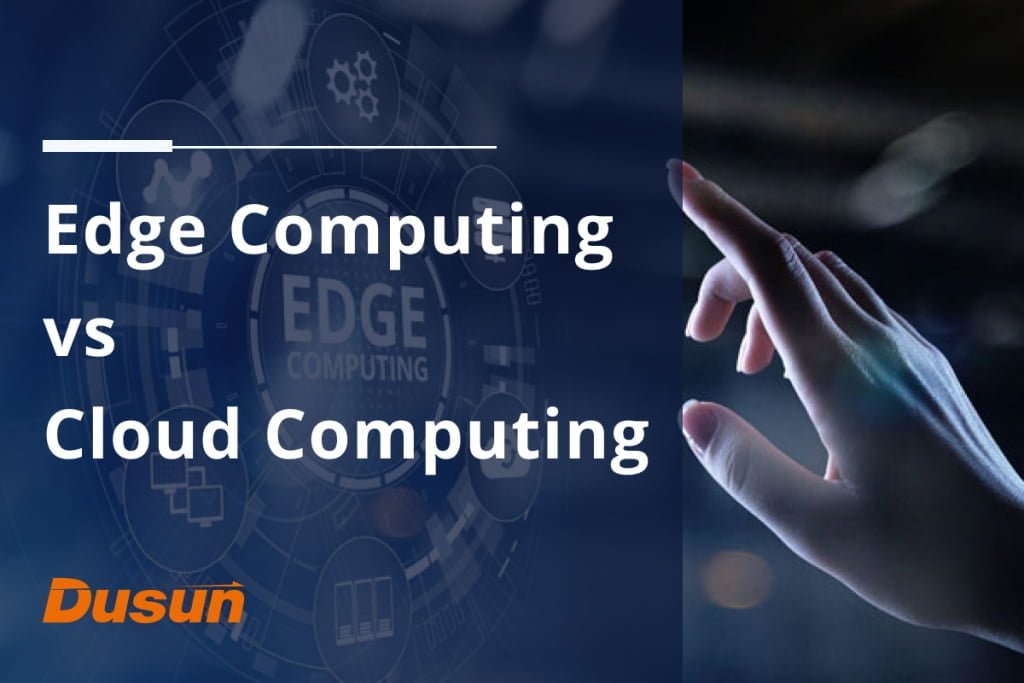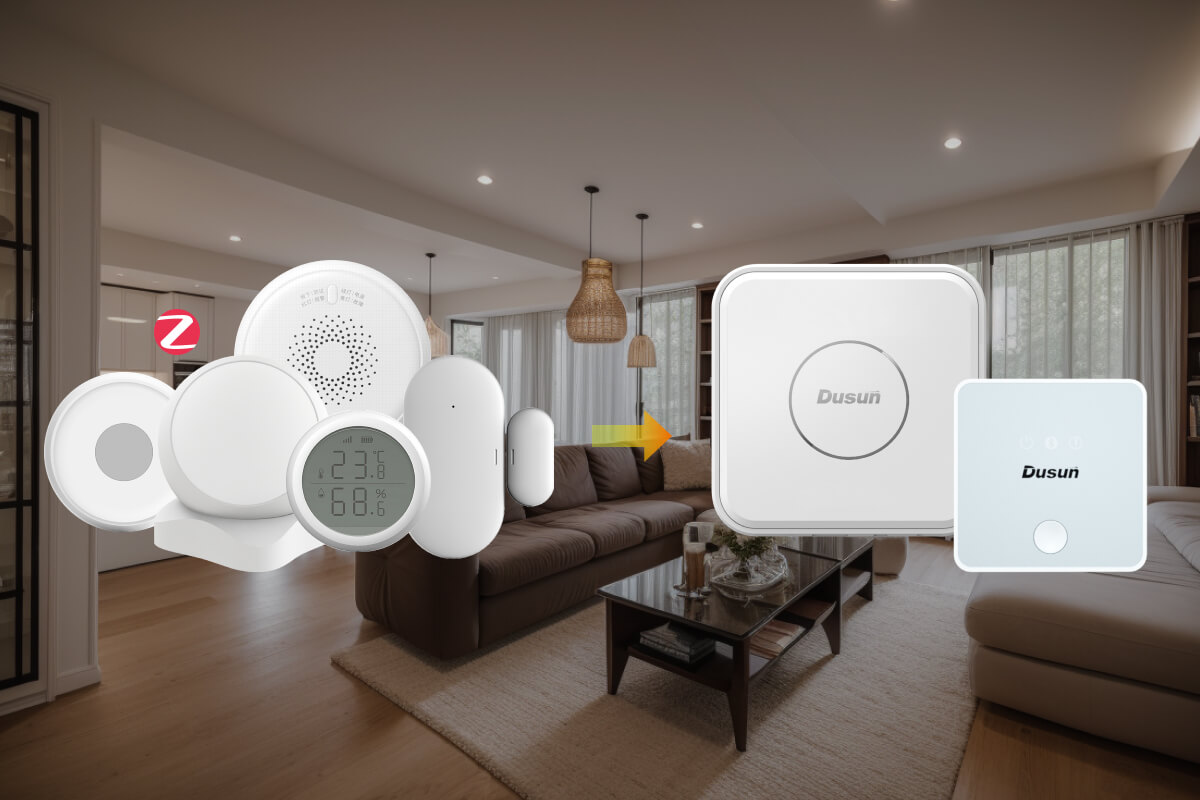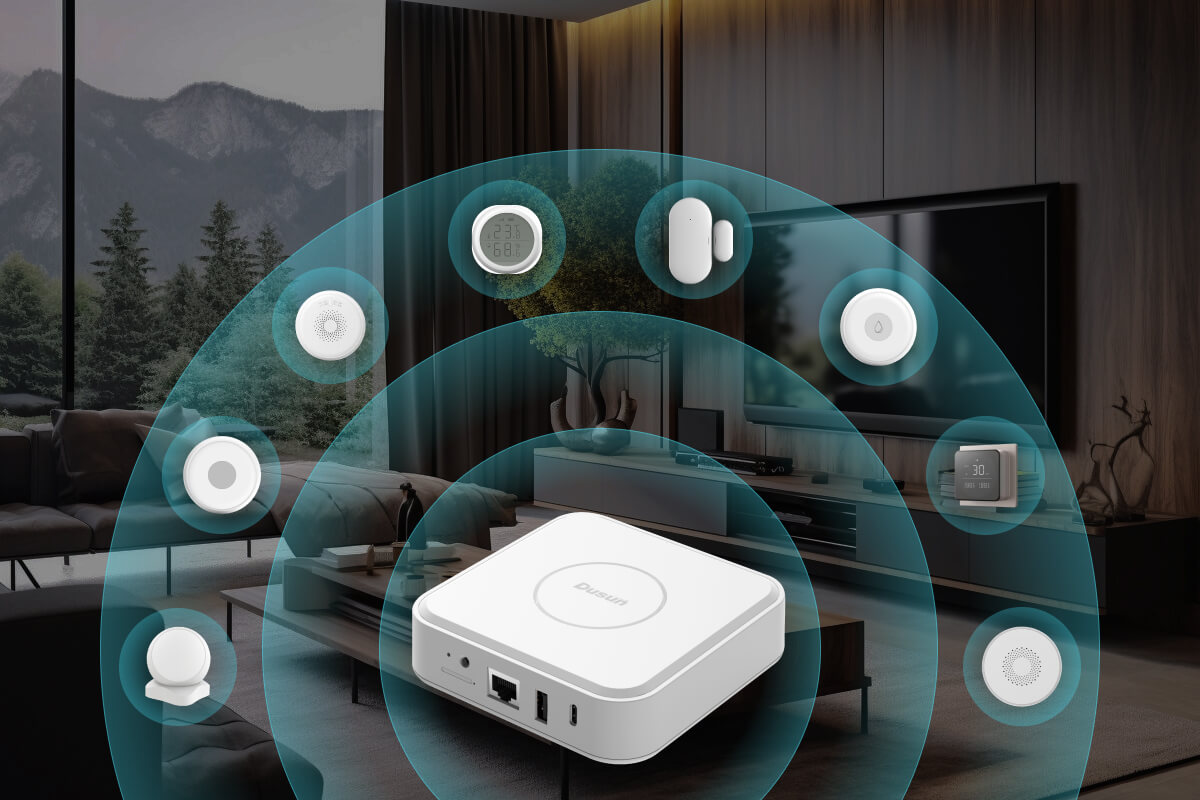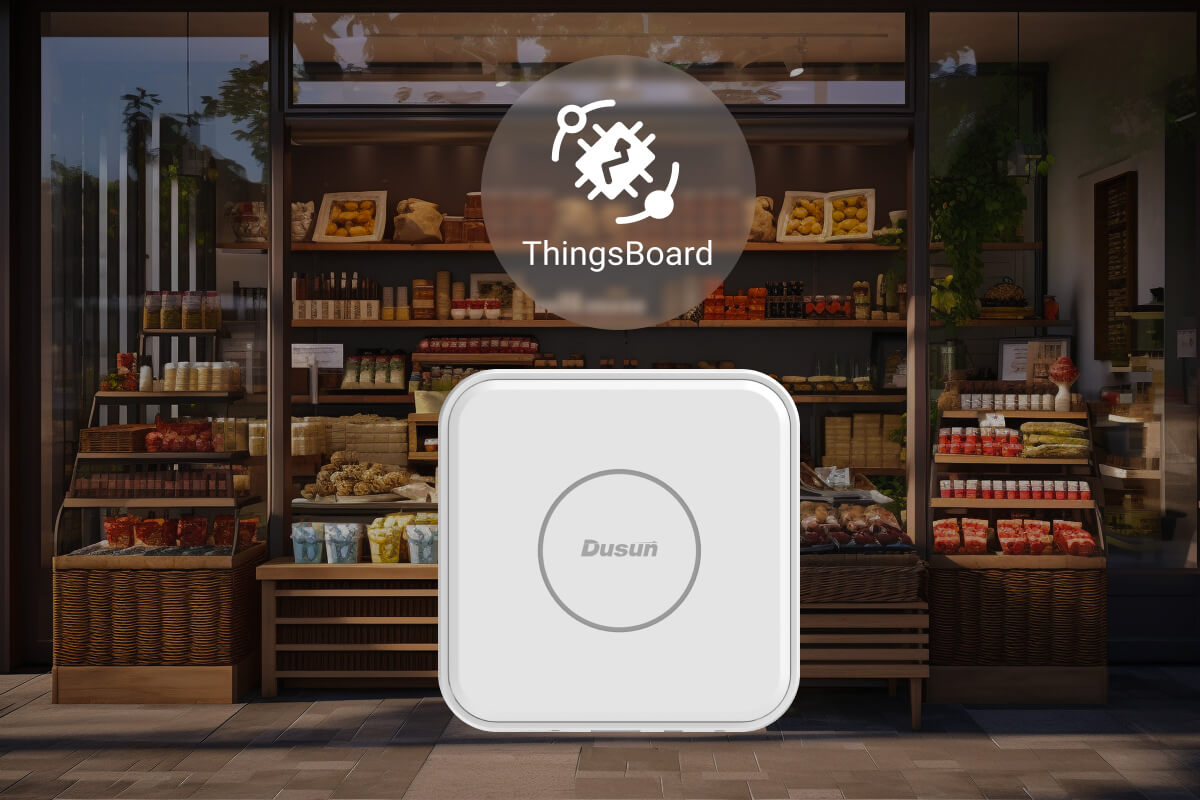Cloud computing vs edge computing has become a hot topic in the IoT field. In the era of cloud computing, enterprises usually transfer data to centralized large or large cloud computing centers for processing. Edge computing offers several advantages over cloud computing, including lower latency, greater security, and greater efficiency.
Enterprises can utilize edge computing gateways to process data quickly and efficiently. This article explains in detail the difference between cloud computing and edge computing to help you choose a more suitable IoT product.
Edge Computing vs Cloud Computing
For a long time, the powerful storage and computing capabilities of cloud computing have met various needs of traditional businesses. With the continuous emergence of various new applications, the amount of data generated has also increased dramatically.
This puts extremely high requirements on network delay, and also puts differentiated requirements on data security and controllability. To meet these needs, edge computing has emerged.
Definitions of Edge Computing vs Cloud Computing
Edge Computing is a data management technique that includes storing data close to its source. This enables for speedier reactions to changes in demand and helps to guarantee that everything operates well in terms of information availability.
Cloud computing refers to the practice of storing and processing data on remote servers rather than locally. Cloud computing allows users to access their files from any location at any time, but it also means they have no control over what happens to their data once it is transferred to servers held by another corporation or organization.
Processing Location of Edge Computing vs Cloud Computing
Remote data centers, which may be found anywhere in the globe, are where cloud computing resources are normally housed. Accessing computing resources is now simple from any location with an internet connection. On the other hand, edge computing resources are situated nearer to the data source or end user. This lowers latency and permits real-time data processing.
Fog computing, which deploys computer resources at the network edge, and mobile edge computing (MEC), which deploys computing resources on mobile network base stations, are examples of edge computing deployments.
Latency of Edge Computing vs Cloud Computing
Because data must be sent back and forth between the cloud and the end user, delay can be introduced by cloud computing. This can be an issue for applications that need real-time data processing, including augmented reality and autonomous cars. By processing data in real-time at the network’s edge, nearer the data source or end user, edge computing lowers latency. This makes it perfect for low latency applications like real-time video analytics and Internet of Things devices.
Scalability of Edge Computing vs Cloud Computing
Scalability is a feature of cloud computing that allows customers to access computational resources as needed. This makes it simple to adjust resource levels up or down as necessary and only pay for what is used. Scalability is another benefit of edge computing, however it can need more intricate resource management and coordination. An autonomous car fleet, for instance, would need edge computing resources that can be dynamically assigned and controlled in real-time.
Security of Edge Computing vs Cloud Computing
Data protection and security measures are centrally managed and controlled through cloud computing, which can make them more manageable. It might be more difficult to handle security when it must be spread over several devices and places as required by edge computing. The attack surface can be reduced and the quantity of data that has to be transferred over the network may both be reduced with edge computing, which can offer further security advantages.
Applications of Edge Computing vs Cloud Computing
Big data analytics, machine learning, and artificial intelligence are just a few examples of applications that benefit from cloud computing’s ability to handle massive amounts of processing and storage. Edge computing is perfect for IoT gateway devices, driverless cars, and augmented reality applications that need real-time processing and minimal latency.
A big data analytics application may need cloud computing resources to analyse enormous volumes of data and produce insights, but an autonomous vehicle may need edge computing resources to process sensor data in real-time and make choices based on that data.
Comparative analysis
We have created a table that concisely compares cloud computing to edge computing for ease of comprehension. While cloud computing is better suited for applications that require large-scale processing and storage, like big data analysis, machine learning, and artificial intelligence, edge computing reduces latency and enables real-time processing of data, making it ideal for IoT devices and real-time video analysis.
| Edge Computing | Cloud Computing | |
| Processing Location | Data is processed near the source, on edge devices or gateways. | Data is processed remotely, on centralized cloud servers. |
| Latency | Low latency: processing is done locally, without network delays. | Higher latency: processing must be done over a network connection. |
| Bandwidth Usage | Reduced bandwidth usage: only necessary data is transmitted. | Higher bandwidth usage: large amounts of data are transmitted. |
| Scalability | Limited scalability: edge devices have limited processing power. | High scalability: cloud servers can handle large volumes of data. |
| Cost | Lower cost for small-scale processing. | Higher cost for large-scale processing. |
| Security | More secure: data is processed locally, reducing the risk of data breaches. | Less secure: data is processed remotely, increasing the risk of data breaches. |
| Accessibility | Limited accessibility: data processing is limited to edge devices or gateways. | High accessibility: cloud servers can be accessed from anywhere with an internet connection. |
| Reliability | Limited reliability: edge devices may experience hardware failures or connectivity issues. | High reliability: cloud servers are designed for high availability and can handle hardware failures. |
| Use Cases | Industrial automation, IoT, real-time processing. | Big data analytics, machine learning, batch processing. |
| Examples | Smart home devices, self-driving cars, industrial sensors. | Amazon Web Services, Microsoft Azure, Google Cloud Platform. |
Why choose cloud computing?
By automatically providing and deprovisioning resources, cloud services are able to rapidly respond and adapt to shifting needs. This lowers expenses and boosts the organization’s general effectiveness. Cloud service providers give their clients access to IT management specialists, freeing up staff to concentrate on the company’s essential requirements.
Data can be replicated at numerous redundant sites on the network of the cloud provider, making data backup, disaster recovery, and business continuity simpler and less expensive. Private server and network configuration can be time-consuming for businesses. They can deploy applications more quickly and reach the market using on-demand cloud infrastructure.
Why choose edge computing?
The removal or decrease of data transmissions as a result of data processing at the edge can minimize data latency. By allowing edge computing to use local area networks for data processing instead of the cloud, businesses may be able to get more bandwidth and storage space at a lower price. Less data must be transferred to the cloud or data center for additional processing since processing takes place at the edge.
As a result, there is a decrease in the volume of data that needs to be transported, which lowers expenses. Without using the internet, edge computing may process data locally. This makes computing available in remote or previously inaccessible areas. Edge computing lowers the danger of cybersecurity assaults in the cloud by allowing all critical data to remain inside the company firewall and local area network.
More urgent issues in current IoT situations, such poor reaction times, excessive latency, or a lack of resources for end users, cannot be resolved by cloud computing. In order to create novel consumer experiences, edge computing will supplement cloud and on-premises computing. By providing content with the lowest latency and greatest quality for developers, it offers the perfect user experience.
Strong edge computing gateway
Edge computing gateway is an IoT hardware allowing data to be processed and analyzed locally before being sent to a remote server or cloud. Many IoT and IIoT applications make use of edge computing gateways to lessen the burden on network infrastructure and cut down on the volume of data that must be sent to the cloud or a centralized data hub.
Data filtering, processing, analysis, and storage are just few of the many roles that edge computing gateways play. Firewalls, virtual private networks (VPNs), and encryption tools are all examples of security and networking features that they could offer. In addition, gateways for edge computing can offer local intelligence, acting on information obtained from sensors and other devices near the network’s periphery.
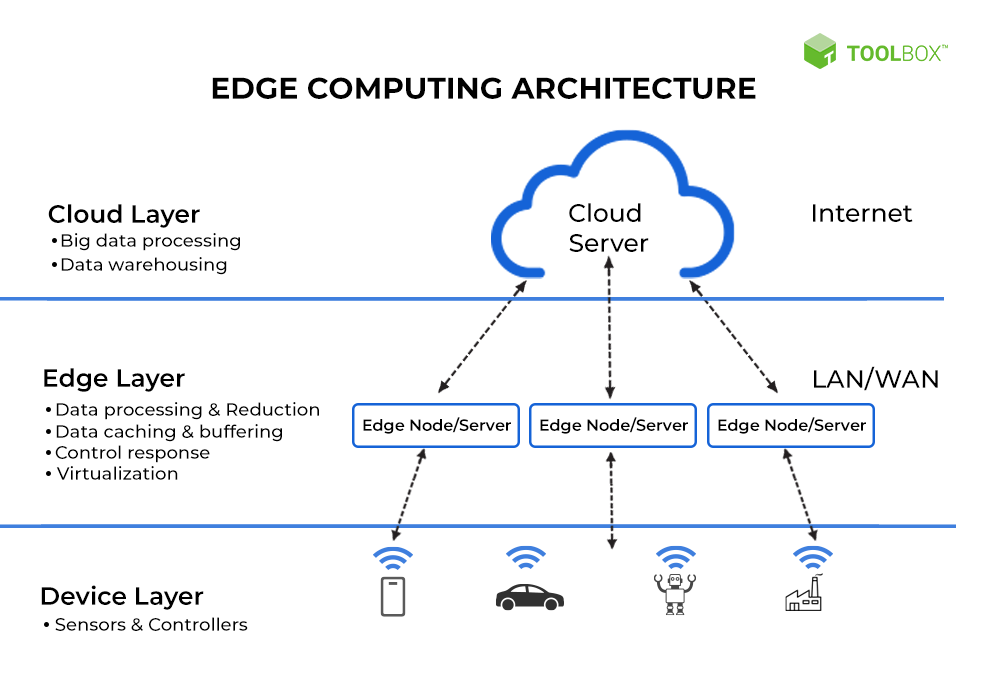
Strong edge computing capabilities, open hardware and software resources, and SDKs are all provided by Dusun IoT. The edge computing gateways from Dusun IoT are the best options for IoT applications including building management, energy management, manufacturing, transportation, and oil and gas since they have excellent FAE support and rapid app deployment support.
For IoT and IIoT applications, the ARM® Quad-core Cortex-A55 based edge computing gateway with up to 8GB dual channel 64Bit LP DDR4 and 128GB high-speed eMMC offers a number of benefits. It is perfect for time-sensitive and latency-sensitive applications due to its high computational capabilities, which enable real-time reaction and quick connections.
The gateway’s intelligent applications provide it the ability to make judgments and take actions depending on information obtained from sensors and other edge-of-network devices. Additionally, the security of the gateway makes sure that data is safe and shielded from illegal access.
This edge computing gateway increases overall system performance and lowers cloud computing costs by lowering the strain of cloud-end computing. In conclusion, businesses wishing to implement high-performance, dependable, and secure edge computing solutions should strongly consider the ARM® Quad-core Cortex-A55 based edge computing gateway.
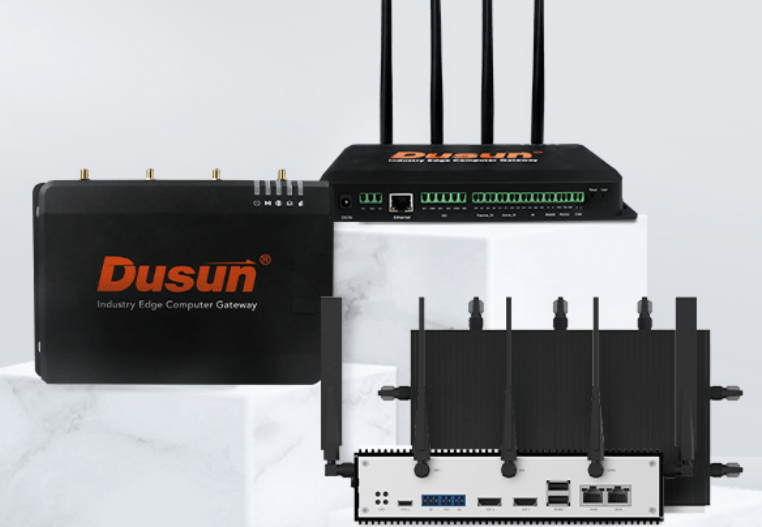
Please do not hesitate to contact Dusun IoT using the form on the right or live chat. A knowledgeable engineering staff will recommend the best edge computing gateways and solutions for your project.
Edge Computing vs Cloud Computing FAQs
How are cloud computing and the edge computing related?
By pre-processing data, edge computing enables the processing of bandwidth-intensive and delay-sensitive applications close to the data source. Scalable processing and storage resources are available through cloud computing. For best performance, the correct mix of edge- and cloud-based apps is essential.
In edge computing, where is the data kept?
Edge computing—or simply “edge”—moves computer storage and processing (today frequently referred to as “compute”) to the edge of the network. Most importantly, it is here that it is as close as it can be to data sources, users, and devices.
What components are needed for edge computing?
The physical parts and ancillary services required to run an application at the edge are referred to as edge computing hardware. Servers, IoT gateways, switches, routers, and end devices are some of these components.






